2015 Ambassadors
ACEAP 2015 Ambassadors
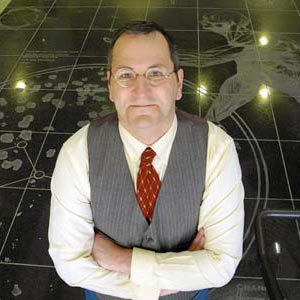
Dr. Brian Koberlein
Dr. Brian Koberlein is a Senior Lecturer of Physics and Astronomy at the Rochester Institute of Technology and an RIT media expert in astronomy, astrophysics and physics. He has authored several research articles, as well as Astrophysics Through Computation, an undergraduate textbook on computational astrophysics. In addition to his academic work, Dr. Koberlein is a tireless promoter of scientific understanding. His articles on physics and astronomy have appeared on numerous science websites including EarthSky, Nautilus, Universe Today and From Quarks to Quasars. He makes daily posts on physics and astronomy on his blog Once Universe at a Time (briankoberlein.com), where he also hosts a weekly podcast on a range of science topics. Dr. Koberlein is also a founding member of Prove Your World (proveyourworld.org), a 501(c)(3) not-for-profit using online media to promote science literacy and scientific habits of mind in children ages 8 – 13.
briankoberlein.com
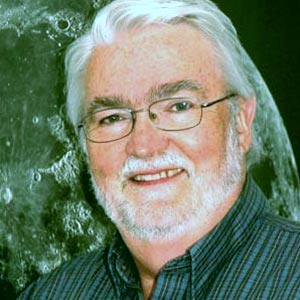
Jim O'Leary
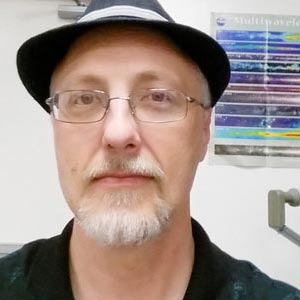
Mike Prokosch
Mike Prokosch runs the SHSU Planetarium and Observatory and has worked for the Sam Houston State physics department for over 12 years. In that time he has assisted in the Astronomy of East Texas Summer School program, the The Hetu’u Global Network observation of 2012 Venus Transit, and attended 2009 summer workshop in Chicago’s Adler Planetarium in preparation to make public outreach efforts observing the eclipsing binary star Epsilon Aurigae under Citizen Sky. He joined the AAVSO as a member in 2012, but has been contributing primarily visual observations for 5 years. He founded the Huntsville Amateur Astronomy Society in 2004, a member of the Night Sky Network. He has written a column titled Seeing Stars for the Huntsville Item for the past 5 years. His activities at SHSU include star parties at the observatory for the general public, monthly free planetarium shows with weekly shows during the summer, assisting with the Scouts@Sam program for both Girl Scouts and Boy Scouts, and the Sibling Program of Freshman Orientation. He has hosted star parties and planetarium shows for the local chapter of the Audobon Society, various homeschool groups, and local high schools and junior highs. He enjoys observing variable stars, watching Jupiter, comets, and supernovae with his 235mm Celestron SCT, making contributions to the Globe At Night Project, and occasionally fidgeting with his homemade Itty Bitty Radio Telescope. He also teaches fulltime: 2 years as a middle school science teacher and 12 years in special education.
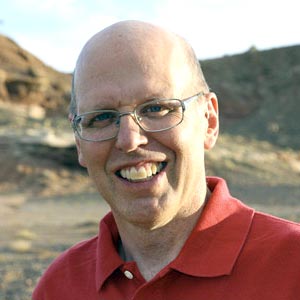
Peter Detterline
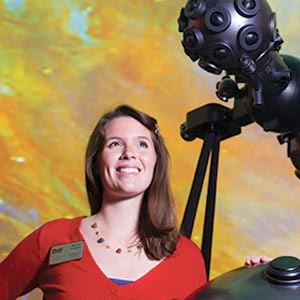
Renae Kerrigan
Renae Kerrigan, Planetarium Curator at the Peoria Riverfront Museum, has worked in informal astronomy education since 2009. Kerrigan first became interested in astronomy during her tenure as an Education Intern at Lakeview Museum. She quickly became immersed in planetarium programming,presenting shows to the public and school groups. After receiving her Bachelor of Science from Bradley University in 2011, she began working full time for the museum as a Learning Coordinator. In this role, she regularly presented science and astronomy programs to a broad range of audiences. In 2014, she assumed the role of Planetarium Curator, responsible for managing all aspects of the planetarium, including staff, budget, show creation, presentation, maintenance, participation in national and local astronomy organizations, and outreach activities. Quickly becoming known as the “Space Lady” in Peoria, Kerrigan regularly appears at public events and uses social media to promote science and astronomy, and hosts a popular series of adult events at the Peoria Riverfront Museum. She is incredibly excited for the chance to visit the observatories at the top of the world in Chile. Check out her blog at StarsOverPeoria.blogspot.com
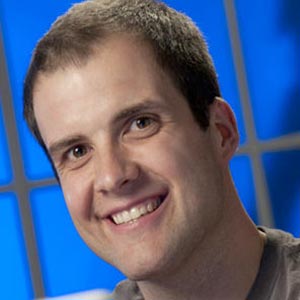
Ryan Hannahoe
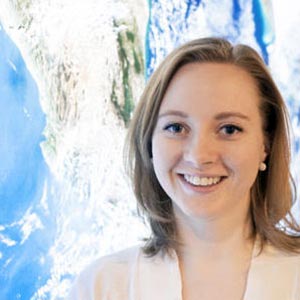
Sarah Komperud
Sarah Komperud is the Planetarium Educator at the Bell Museum of Natural History at the University of Minnesota in Minneapolis. She travels around the state of Minnesota and western Wisconsin with the ExploraDome—an immersive, mobile planetarium that uses authentic data to bring the wonders of the Universe to over 11,000 people each year. Her tenure as an astronomy educator (and lover of astronomy) has led her to unexpected places including working in observatories, college labs, museums and planetariums; developing museum exhibits; and traveling to observatories in Australia and New Zealand. Actively involved with astronomy outreach, Sarah runs observing nights for scout groups and the public, gives talks at local astronomy society meetings, and develops fun, hands-on science activities for budding astronomers. In her free time Sarah enjoys rock climbing and tango dancing.
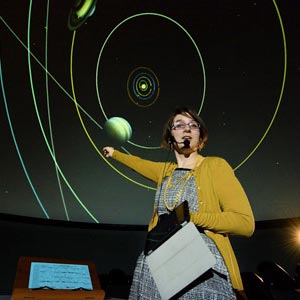
Shannon Schmoll
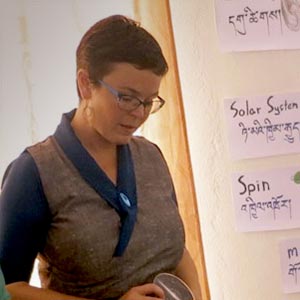
Vivian White
Vivian White has been an astronomy educator with the Astronomical Society of the Pacific since 2006. She uses her degree in physics, a Dobsonian telescope, and a fascination with human learning to inspire people to look up in wonder at the riches of the night sky. Working mostly in informal science settings, her background has also included training classroom teachers in hands-on astronomy through Project ASTRO and inspiring middle school students with practical math. She currently designs activities for amateur astronomers engaged in public outreach through the NASA Night Sky Network, a coalition of over 450 astronomy clubs across the US. She is also researching meaningful astronomy experiences for preschool children in museums through an NSF grant. A suite of activities for 3- to 5-year-olds will be released in early 2016 through the Astronomy from the Ground Up community. Vivian enjoys sharing the splendors of the night sky on sidewalks, in observatories, through camps, and in local and national parks. Her love of the sky has taken her far and wide – the most recent adventure involved teaching astronomy to Buddhist monks in India. When not pondering our path through the universe, she can be found musing off center at her kick wheel or splashing in tide pools of northern California with her young son.
